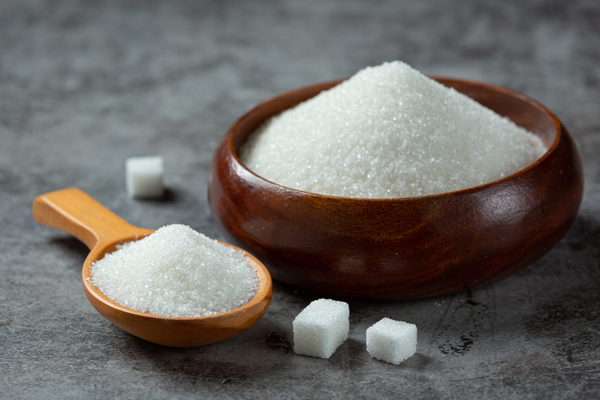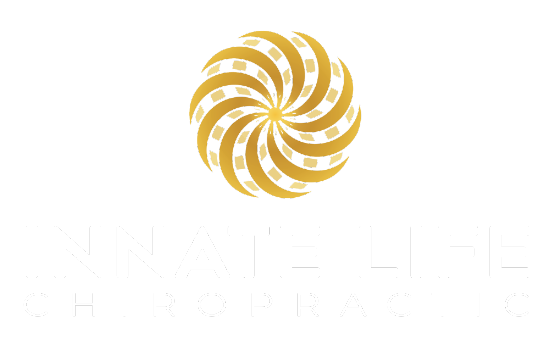Hello Fall! Hello October! We are now entering the time of year that is, for most of us, full of SUGAR. I certainly love my sweet treats, but loads of sugar can have damaging effects on our bodies, especially young, growing bodies. Click the button below to read research on the effects of sugar on the body, brain, and behavior.
We tend to get a lot of mixed messages about sugar, and that’s probably because there are several different types of sugar. Sugars are found naturally in the foods that we eat, however, many processed foods and drinks contain added sugars. Fructose is added to these foods and drinks in the form of high-fructose corn syrup. High fructose corn syrup gets a bad rap, for good reason, because overconsumption is linked to several negative physiological and neurological conditions.

The brain and spinal cord require sugar for energy, however, fructose and other added sugars do not cross the blood-brain barrier. This means that added sugars offer zero nutritive support
for the brain. They are essentially empty calories. Fructose also does not signal to the brain that you are full, leading to overconsumption of food and increased appetite.
Sugar has been described as an addictive substance. Although there have been no human studies, rat studies have shown that sugar addiction resembles opioid addiction. Rats have
also shown a preference for the sweetness of non-nutritive sugar over cocaine. In humans, we do see that those addicted to alcohol and drugs have a preference for sweeter food.
When it comes to the neurological effects of added sugar, rats have shown increased inflammation in the brain when fed a high-sugar, low-fat diet. This inflammation in the brain is what can lead to neurological disorders and developmental delays. In elderly people, we see memory impairment and dementia. In school-aged children, we see delays in nonverbal intelligence.
Sugar causes inflammation all over the body as well, which can lead to negative physiological conditions. Inflammation in the pancreas increases the risk of diabetes. Inflammation in the heart increases the risk of cardiovascular disease. Inflammation in blood vessels increases the risk of high blood pressure and clot formation.
Fructose is found naturally in fruit, but the fructose content of fruit does not carry the same potential negative effects of high fructose corn syrup. In fact, the amount of fructose in a peach makes up about 1% of the peach’s weight, whereas the amount of fructose in corn syrup makes up 50% of its weight! The sug ar in fruit is also accompanied by a ton of fiber, vitamins, minerals, antioxidants, and water, which outweighs any negative effects of fructose.
You can limit your added sugar intake by reading the nutrition facts on the foods you buy. The American Heart Association recommends keeping added sugars to a maximum of 36 grams per day for men and 25 grams per day for women and children. When it comes to those Halloween treats, check out the brands below for organic options.
Getting adjusted and tuning up the nervous system can help your body adapt to any increased sugar intake you might experience this holiday season. When information is flowing between the brain and the body, your digestive tract is better able to absorb the good nutrients and expel the bad ones. The body will be able to use sugar more efficiently, leading to less inflammation in the body. Less inflammation leads to better healing. The holidays are a busy and stressful time of year, all the more reason to get your spine and nervous system checked regularly. We highly recommend pre-booking your appointments so you don’t miss out during this busy season.
In the meantime, we send warm wishes to you all for health and ease,
Dr. Nathan & Christy





